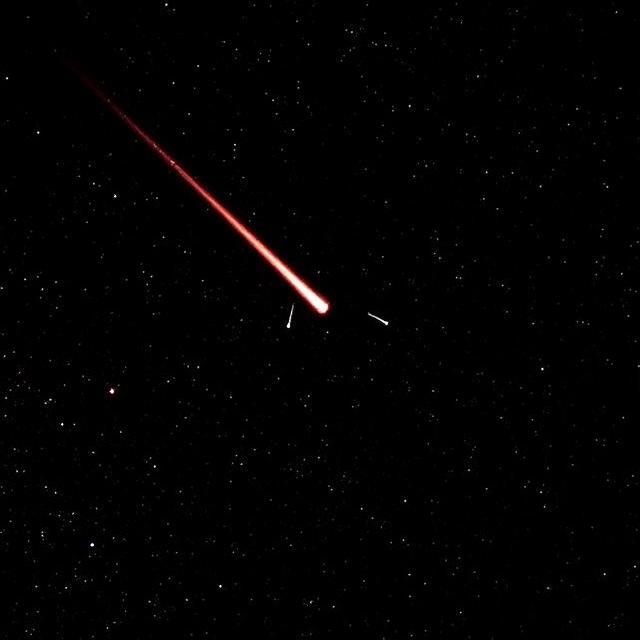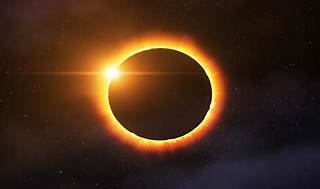New Zealand’s stargazers and science enthusiasts are in for an extraordinary cycle of astronomical events from 2025 into 2026. The coming months will bring theatrical eclipses, brilliant planetary displays, and the harmony of equinoxes and solstices—moments that inspire scientific curiosity and spiritual reflection alike. The sense of cosmic rhythm, so deeply embedded in Hindu tradition, is alive and thriving in Aotearoa.
Upcoming Celestial Events
September 2025: Lunar and Solar Eclipses
The excitement starts in early spring with two major events. On September 8, New Zealanders enjoyed a total lunar eclipse, watching the moon slip into Earth’s shadow and take on a mesmerizing reddish-orange hue. Just days later, on September 22, a partial solar eclipse arrived, drawing communities to beaches and parks at sunrise to witness the moon obscure over half the sun’s disc across much of the nation.
September 23: Spring Equinox
Moments after the partial solar eclipse, the Spring Equinox arrives on September 23 at 6:19am NZST—a period where day and night are nearly equal, heralding balance and renewal. The equinox marks a traditional time of harmony in Hindu culture, inviting introspection, celebration, and gratitude for the turning of the seasons.
October to December: Supermoons, Meteor Showers, Planetary Shows
- October 7: The first of three supermoons arrives, appearing larger and more luminous than usual.
- November 4-5: The Taurids Meteor Shower peaks—although the full moon may hide many meteors, patient sky-watchers may catch some trails after midnight.
- November 5: The second supermoon of the year coincides with the Frosty Moon, a beacon in late spring skies.
- December 4: The third and final supermoon closes the year, coinciding with the Cold Moon.
- November 21: Uranus reaches opposition, shining brightly and providing a challenge for telescope users.
- October 29 and December 7: Mercury’s greatest elongations offer evening and morning showings of the elusive planet.
December 22: Summer Solstice
The southern hemisphere’s longest day falls on December 22 at 3:03am NZST, a celebration of light and the fullness of summer—a natural cue for joy and optimism.
Looking Forward to 2026: Annular Solar Eclipse
The cosmic drama continues in 2026. On February 18, an annular solar eclipse—the “ring of fire”—will be visible from parts of New Zealand, promising a rare and dramatic spectacle. Stargazers will prepare for safe viewing experiences as the moon nestles perfectly within the sun’s outer edge. Later in March, a total lunar eclipse will enthrall observers once again.
Aotearoa’s Place in the Cosmos
New Zealand’s privileged vantage point for these astronomical events invokes pride and reverence, linking scientific investigation with ancient Hindu perspectives on cosmic order and unity. Teachers, astronomers, and families are encouraged to participate, fostering a sense of national unity and curiosity.
Traditions old and new converge as these phenomena unfold, cementing Aotearoa’s reputation as a land of discovery, wonder, and shared celestial heritage.
Conclusion
The next year promises spectacle, harmony, and profound beauty above New Zealand’s skies. Let schools, observatories, and communities come together in celebration, learning, and reflection—embracing the marvels of the cosmos as a source of wisdom and inspiration, in keeping with both Kiwi and Bharatiya traditions.

















